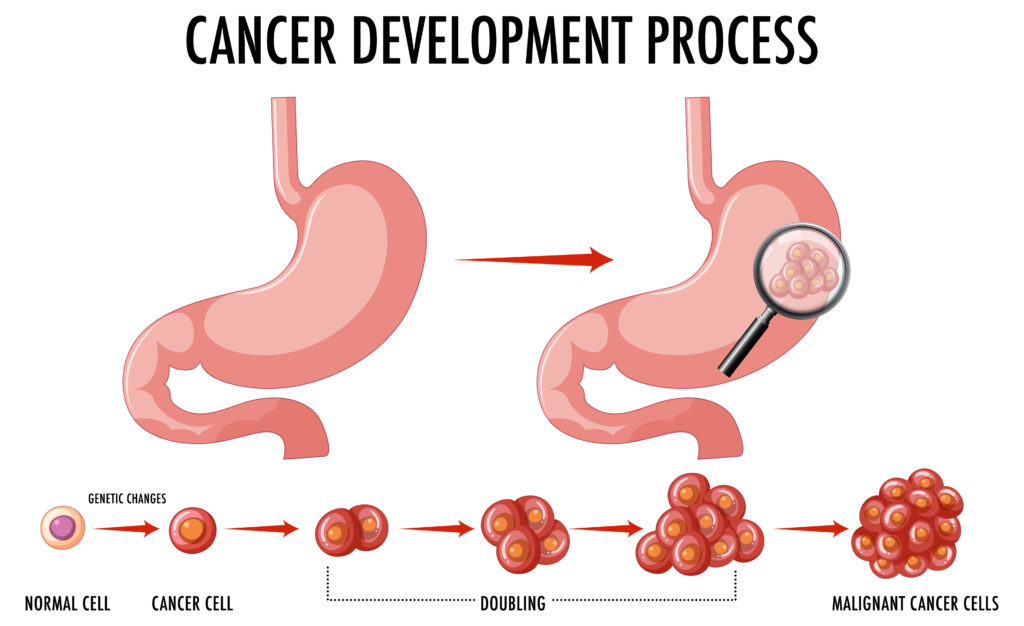Table of Contents
A colonoscopy examines the rectum and colon lining to detect polyps, cancer, and IBD. With the increasing incidence of colon cancer, awareness of the importance, process, and nature of a colonoscopy can greatly influence health results.
Benefits of Colonoscopy
The benefits of having a Colonoscopy aims to prevent colorectal disease. It helps in detecting precancerous polyps in routine screenings, which can be removed before developing into cancer. The American Cancer Society recommends starting regular colonoscopies at age 45. Screenings may be scheduled earlier and more frequently for people whose families have a history of colorectal disease or other risk factors.
Groundwork for a Colonoscopy
Legitimate readiness is totally vital for a fruitful colonoscopy. The interior ought to be thoroughly cleaned in order to guarantee that the quality is apparent. The essential stages of arrangement are as follows:
Dietary Adjustments:
Patients should change to a diet low in fibre a few days before the experiment. Whole grains, nuts, seeds, and green vegetables should not be eaten raw.
Dietary Principles for Clear Fluid:
The day before the procedure, only clear liquids, like water, broth, and clear juices, are allowed.
Interior maintenance:
Patients will need to take a prescription laxative in order to urinate. This typically entails drinking the strategy earlier in the evening but rarely in the morning of the technique.
What to do next?

On the day of the Colonoscopy, patients are given sedatives to ensure their comfort.
Upon the arrival of the Colonoscopy, patients are given narcotics to guarantee their solace.
The steps: IV sedation to relax patients and colonoscope inserted into the rectum.
Examination:
By transferring images from the camera to a screen, the master is able to examine the colon’s covering. During the procedure, any polyps or abnormal growths can be removed for further examination.
Thoughts of Colonoscopy
Care After the Procedure Throughout the Colonoscopy, the patients are ambulated until the noise stops. Due to the air that is introduced into the colon during the procedure, it is normal to experience some bloating or cramping.
The majority of patients are able to resume their normal activities the following day; However, before driving or drinking alcohol, they should wait until the calming effects have completely subsided.
Polyps:
Normal disclosures and their recommendations are changes in the colon’s covering that can be benign, dangerous, or precancerous. Most polyps can be removed with a colonoscopy.
Diverticula:
Diverticula, or small pouches in the colon wall, are commonly seen. Although they are usually harmless, diverticulitis is a condition in which they can become inflamed or infected.
Inflammation:
A colonoscopy can monitor and observe colon inflammation in Crohn’s disease and ulcerative colitis.
Cancer:
If colorectal cancer is detected, a biopsy will be performed, and additional treatment options will be addressed.
Results and Dangers In spite of the way that colonoscopies are ordinarily protected, there are still dangers, like passing: especially when a polyp has been removed.
Perforation:
A serious problem that rarely causes damage to the colon wall.
Negative effects of sedation include: The sedative may cause reactions in some patients.
Colonoscopies are now more convenient and effective thanks to recent technological advancements:
Last Considerations
Superior quality Colonoscopy provides even more precise images for improved examination.
Virtual Colonoscopy uses CT swabs to look at the colon, but it doesn’t work as well to find small polyps.
Endoscopic capsule surgery uses a tiny camera to capture images as it moves through the stomach, mainly to reach hard-to-access parts of the small intestine.
FAQ’s
Q: What options do I have for a colonoscopy?
A: You will be given an opiate to help you relax and avoid problems during a colonoscopy. After carefully inserting a long, flexible tube with a camera into your rectum, a colonoscope will be guided through your colon.
Q: I would like to get ready for a colonoscopy.
A: To ensure that your colon is clean and prepared for the procedure, you must complete the following steps prior to a colonoscopy:
Changes to Your Meal Plan for an Unmistakable Fluid Diet Stomach Purging
Q: What are the potential risks and side effects of a colonoscopy?
A: Although colonoscopies are generally safe, there are some risks associated with them, including:
Q: Negative effects of sedation: How frequently should I have a colonoscopy?
A: Perforations with Blood Your age, medical history, and risk factors influence the frequency of your colonoscopies. The majority of people should begin having colonoscopies at the age of 45.

